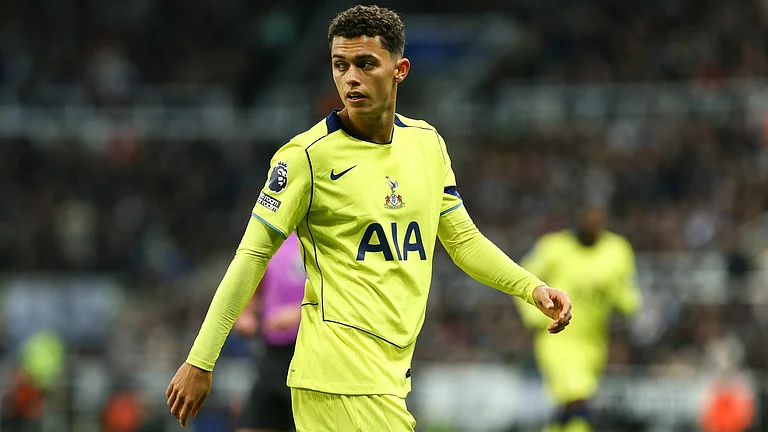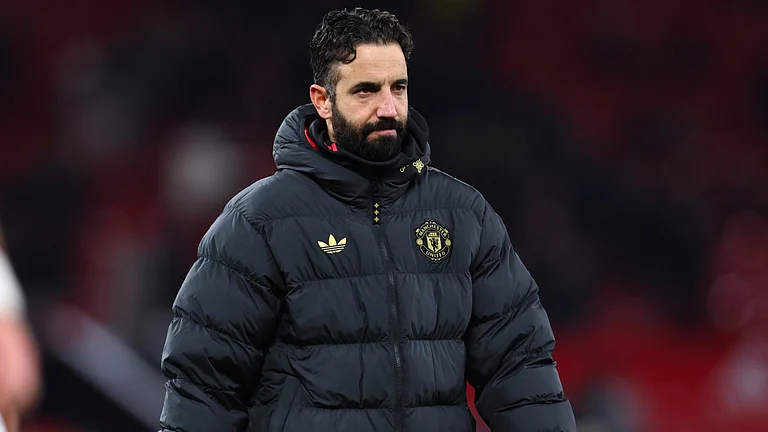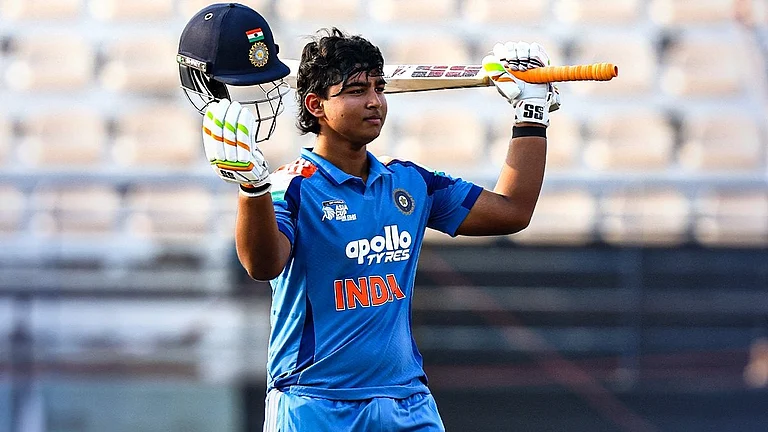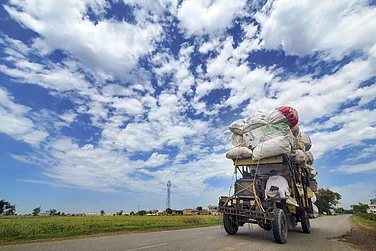Uttar Pradesh assembly election result brings to mind Munshi Premchand’s essay, Sampradayikta aur Sanskriti (Communalism and Culture). In this treatise he wrote: “Communalism always invokes culture as it is ashamed of its true form, and wears the mask of culture like a donkey dons a lion’s skin to keep animals of jungle under its control.” Premchand’s concern emanated from his deep knowledge of the north Indian society that despite its veneer of cultural harmony had a deep religious schism, particularly between Hindus and Muslims. He repeatedly emphasised upon the need for communal harmony and contested prejudices involving cow slaughter, Urdu, Islamic practices, and conversion used for ‘othering’ Muslims. The ingrained prejudices have been magnified by Hindutva politics in the recent decades for political gains.
Hindi writers of post-Independence India stood steadfast to safeguard and enrich the vision of modern India. The mainstream literature of both Hindi and Urdu languages was broadly secular and non-communal in nature. The tradition and heritage of the progressive writers movement helped navigate the occasional communal outbursts, but it was never the permanent reality of society. Nor did the discrimination of the Muslim community ever become an accepted norm.
The 2022 assembly elections suggest that the socio-political scenario of the region has changed. The main opposition Samajwadi Party (SP), with a politically-correct agenda, was defeated. The Hindu polity is no longer a theoretical treatise; it has seeped into the public life and discourse. The euphoria of electoral victory percolates to the villages and hinterland. After the results, upper caste Hindus held savarn sabhas (upper caste gatherings) in villages that had witnessed atrocities against Dalits and minorities. The poll results are a validation of the hierarchical Hindu religious order. That about 85 per cent upper caste Hindus comprising Brahmins, Kshatriyas and Banias voted in BJP’s favour, stands testimony to it.

UP’s literary culture once celebrated communal harmony by emphasising the Ganga-Jamuni tehzeeb, the syncretic fusion of Hindu and Muslim cultures in India. But the discourse on secularism is now obsolete. After the demolition of Babri Masjid, it was debated whether the death-knell of secular polity had been sounded. However, all was not lost till then. About two decades ago, Hindi author Doodhnath Singh, in his novel Aakhiri Kalam (2003) on the Babri Masjid demolition, questioned the Brahmanical social order. At that time, there was a conspiracy of silence by the Hindi establishment to ignore the novel and its inbuilt critique of the upper caste hegemony. Doodhnath Singh was audacious enough to also question the role of 16th-century saint poet Tulsidas and his magnum opus Ramcharitmanas for keeping the religious Hindu masses of northern India under Chaturvarna (caste hierarchy), and the lure of the El Dorado (Spanish for place of immense opportunity or wealth) of Ram Rajya. He transgressed the Lakshman Rekha in his novel as his central fictional character noted that “public ethos of northern India is accursed by Tulsidas… no campaign can succeed until the ethos of Indian people is liberated from the bondage of Tulsidas”.
The Hindi literati have avoided the debate on the Brahmanical social order, which is the mainstay of Hindutva politics. As mainstream Hindi literature pre-dominantly comprises the caste Hindus, it has to first de-caste and de-class itself. Premchand put it aptly by saying that “the sine qua non of nationalism is to uproot varna vyavstha (caste system), hierarchical discrimination and religious hypocrisy.” This tradition of Premchand continued in post-Independence India for some decades but as soon as Dalit consciousness took concrete shape in the Hindi heartland politically and culturally, the tradition and agenda to de-class and de-caste was abandoned silently notwithstanding lip sympathy towards the Dalit discourse. Even in Marxist circles, caste discourse took a back seat under the garb of class. In academia, particularly, in the Hindi establishment, a preponderance of high-caste Hindus was the norm and the inclusion of Bahujans and minorities was frowned upon. The undeclared Hindu varna vyavastha was an acceptable truth, barring a few exceptions.
The latest political developments in UP politics have exacerbated the paradox and dilemma of the Hindi literati. Most Hindi writers are averse to the political Hindutva, but they feel shy of unravelling it through the caste prism as they are wary about jativad (caste politics) of the marginalised sections. However, the irony is that the identity discourse is negatively attributed to non-dwij castes (Sanskrit for twice-born or the three upper castes qualified for second/spiritual birth), whereas upper caste identity becomes a synonym for new-found Rashtravad. A towering Hindi intellectual of national stature like Dr Namwar Singh, despite his Marxist tag, was proud of his Rajput pedigree. Phanishwar Nath Renu in his novel, Maila Aanchal, confronted high caste Rajput identity with emerging subaltern identity and sanskritisation among non-dwij tiller communities, particularly the Yadavs. Renu here aptly brings in the role of the Rashtriya Swayamsevak Sangh (RSS) as a natural ally of upper caste Hindus and unravels the discourse of Rashtravad imbued with the lived reality of the upper castes. In a way, Renu enriches the dialogue on nationalism beyond Rabindranath Tagore’s novel Gora that rejected Hindu nationalism by the discourse of composite and inclusive nationalism. Renu improved upon it by excavating the caste structure that provided a strong edifice to nationalism. In the process, he unwittingly posited the question, ‘Whose Nation Is It?’, not using the same phraseology.
ALSO READ: And Unquiet Flows The Yamuna
The challenge of the Hindu Rashtra cannot be met with the effete concept of secularism. The Hindu-Muslim bhai-bhai theme too is unhelpful in the changed scenario. The faultline of the caste hierarchy of Hindu religion cannot help by default in the absence of criticism against the divisive caste structure. It needs ideological campaigning among the Bahujans (backward class and the untouchables). As the Bahujan Samaj Party (BSP) of Kanshi Ram’s imagination has practically called it a day and the SP is yet to gird up its loins in the wake of electoral despondency, the onus lies upon the writers, cultural activists and organic intellectuals, etc., to take the lead. It is time to remember Premchand’s exhortation that “the writer’s role is not to follow the beaten track of patriotism and politics but to lead the path and be torch-bearer of the truth”. Are we ready to take up that gauntlet?
(This appeared in the print edition as "The Dam Has Broken, Now The Deluge")
(Views expressed are personal)
ALSO READ
Virendra Yadav is a Lucknow-based literary critic





















